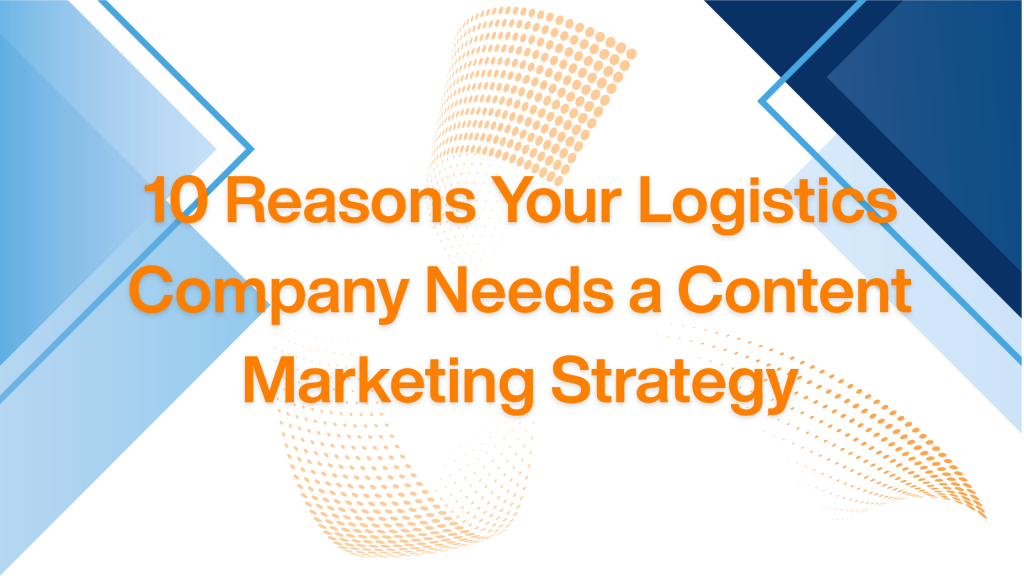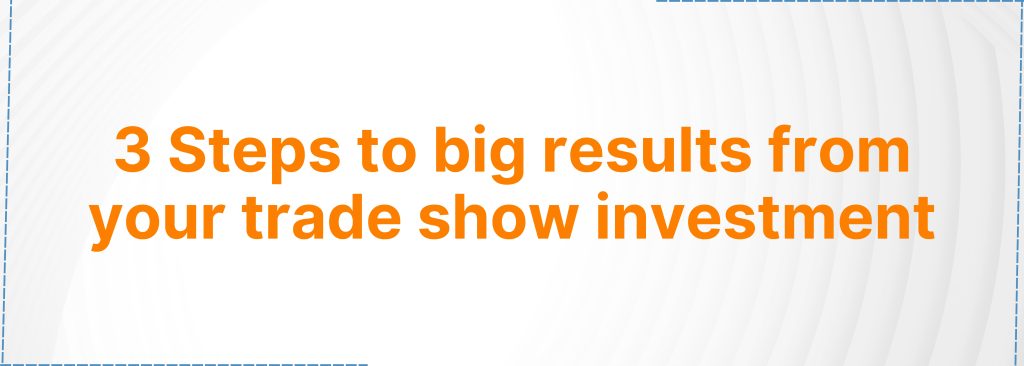Marketing automation has made marketing faster and more cost-effective by enabling campaigns to be automatically triggered and executed.
Unfortunately, most logistics companies who have invested in marketing automation are not using the platform to it potential. Many are not using it at all – while still paying their large subscription invoices each month.
If you’ve made the investment in a marketing automation platform, you want to make sure you get your money’s worth and that it works for your business.
In a perfect world, logistics marketing departments would be using their automation platforms for email marketing and lead nurturing – and mostly importantly to drive real sales growth. According to a study by Regalix, marketing automation is increasing sales by as much as 14.5%, while reducing marketing spend by 12.2%. This promise is why companies invest in marketing automation, but few are realizing its potential.
Marketing automation should help your company generate better qualified sales leads, convert those leads into customers, and increase the lifetime value of your customers. But it only works if you use it.
Here are six tips to make sure your marketing automation is working for you:
Use Your Leads Wisely
Every campaign should target the right people at the right time with tailored content. Giving your customers relevant content at the right time will result in an effective campaign that gives you warm leads. If you send too many messages within a week, for example, your customers could get annoyed and unsubscribe. Understanding each lead is the key to running a successful campaign.
Personalize Your Emails
Generic emails that are one-size-fits-all do not work. Emails should be as personal as possible for each subscriber and based off of segments such as age, gender, and location. Leveraging customer data such as past purchases, website activity, and online behavior can help construct an email that will offer products and services that interest the subscriber. The accompanying images should also be relevant to their interests.
Use Triggers
Automation lets you respond to your customer’s behavior immediately with triggers. Triggers are set off automations based on logic. For example, if a website visitor clicks on a certain product, special offers for that product can be sent automatically. Or, a thank-you email is sent every time a customer downloads a promotional offer. Marketing emails and messages can be set up to be sent when a customer is viewing a digital asset.
Be Social Media Savvy
Social media is a part of most marketing campaigns. For a marketing automation campaign, adding posts to social media is important. Marketing automation allows you to schedule your emails in conjunction with your social media posts from the same calendar. That way, you can combine efforts to reach the greatest number of people.
Integrate
Take advantage of omni-channel marketing by integrating different tools into a single marketing process. Email campaigns and newsletters should be part of marketing automations, so recipients receive relevant information. Your CRM system can also be integrated with your marketing automation software to create one central location for customer data. Your website and landing pages will leverage your customers’ website behavior so your marketing pieces speak to your customers’ needs.
Analyze and Evaluate
Evaluating the effectiveness of each campaign every few months will ensure that the content is still relevant for your audience. Measuring the performance of your marketing strategies will identify which areas are weak. You can then make necessary changes to improve the outcome of future campaigns. Marketing automation provides email reports that easily show which parts of the campaign are successful, and which are not.
The following metrics will help to evaluate the effectiveness of your campaigns.
Lead Conversion Rate: Analyze how many visitors reaching the ‘contact us’ form on the website are converting to actual leads.
Cost Per Lead: This equation tells you how cost-effective your marketing automation campaigns are. It is your total marketing budget divided by total new leads.
Sales Conversion Rate: This metric is the percentage of leads that convert from the all of the qualified leads. It is the total number of leads that became sales divided by the number of qualified leads, multiplied by 100.
Automation can assist you to reach your customers with the right message, at the right time. It allows you to focus efforts on the best quality leads, to convert them to sales and increase your revenue growth.
#Marketing #MarketResearch #MarketingCampaign #LogisticsContentMarketing #ContentMarketing #MarketingAutomation





